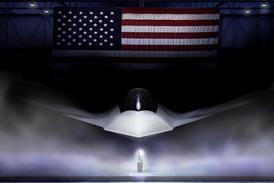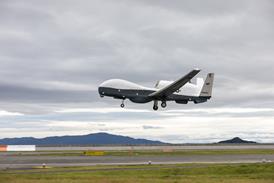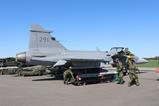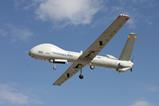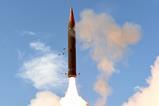The Royal Norwegian Air Force has become the first operator to fly the Lockheed Martin F-35 stealth fighter using what Oslo describes as being a “significant proportion” of sustainable aviation fuel (SAF).
A first test flight of the combat aircraft employing a “greener fuel blend containing 40% biofuel” produced from “waste, residues and by-products” was conducted from Orland air base on 14 January.
A second such sortie, which had been planned to occur during a media event staged at the same location the following day, was prevented by “adverse weather conditions”, the Norwegian defence ministry says.
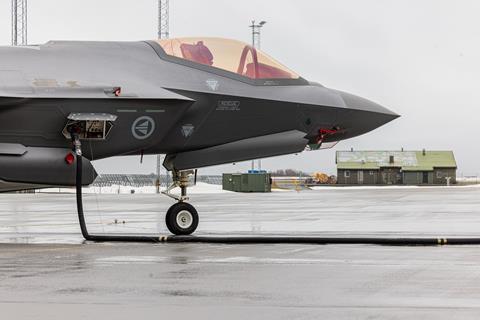
“Our fighter jets currently account for about one-third of direct CO2 emissions within the defence sector [in Norway],” says defence minister Bjorn Arild Gram.
“Using sustainable fuel can reduce emissions and strengthen supply security. The aim is to contribute to achieving climate targets while enhancing preparedness,” he adds. “Local production of sustainable aviation fuel could decrease our dependence on lengthy supply chains.”
“Every sector must reach net-zero [carbon emissions], including the armed forces,” notes Andreas Bjelland Eriksen, minister of climate and environment. “In the long term, we aim to increase the use of sustainable fuels in aviation. The armed forces are now part of this development.”
The defence ministry notes that other environmental initiatives being trialled at its Orland base include “the testing of mobile hybrid systems with wind turbines and solar panels”.
Lockheed notes that it recently approved the F-35 to fly with a mix of up to 50% SAF, “depending on the type of raw materials and production pathway, combined with conventional jet fuel”.
The company notes that its approval followed “comprehensive technical and strategic analysis to ensure synthetic aviation turbine fuels meets the strict performance and reliability standards required for the F-35’s complex, high-demand missions”.
“Lockheed Martin is committed to ensuring the F-35 is always ready for any customer mission,” says Chauncey McIntosh, Lockheed’s F-35 programme general manager. “Adding new fuel sources helps make this happen by diversifying the supply chain.”
Norway has to date taken delivery of around 40 of its eventual 52 conventional take-off and landing F-35As, with the type having replaced its earlier Lockheed F-16s.
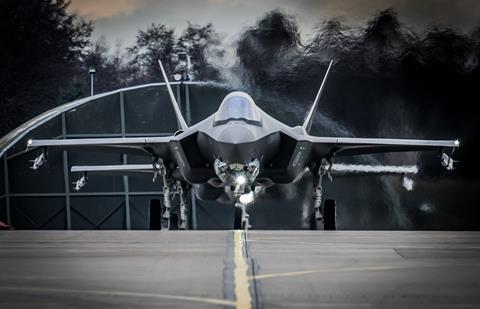
Several of its aircraft are currently deployed at Rzeszow airport in Poland, having early last month assumed “air defence responsibility for the most important hub for the transport of both civilian and military material from other countries to Ukraine”, the Norwegian defence ministry says.





